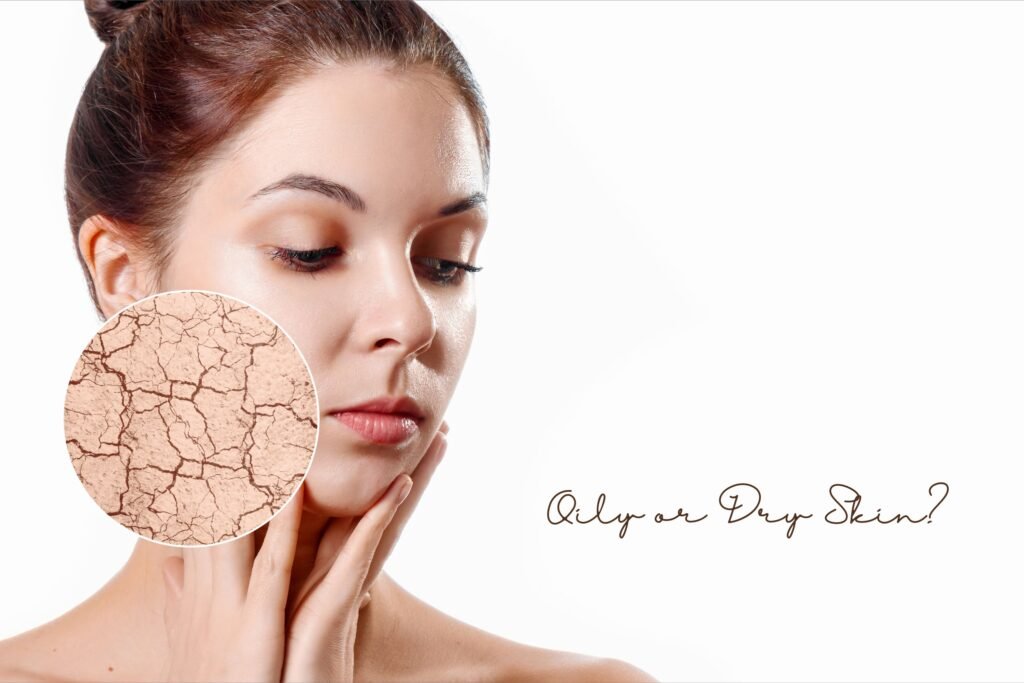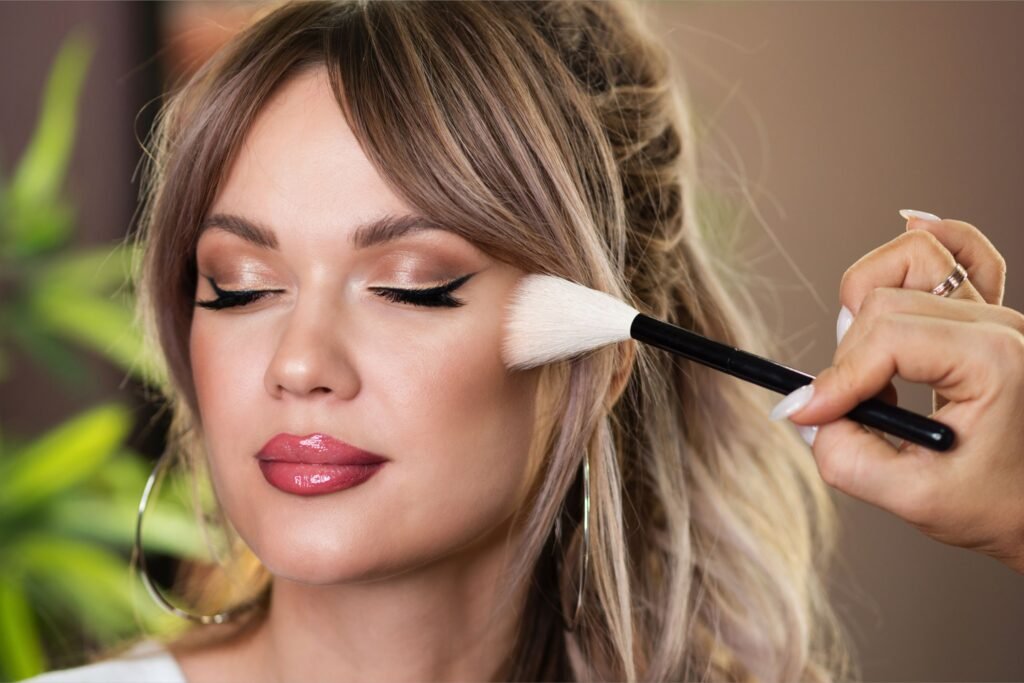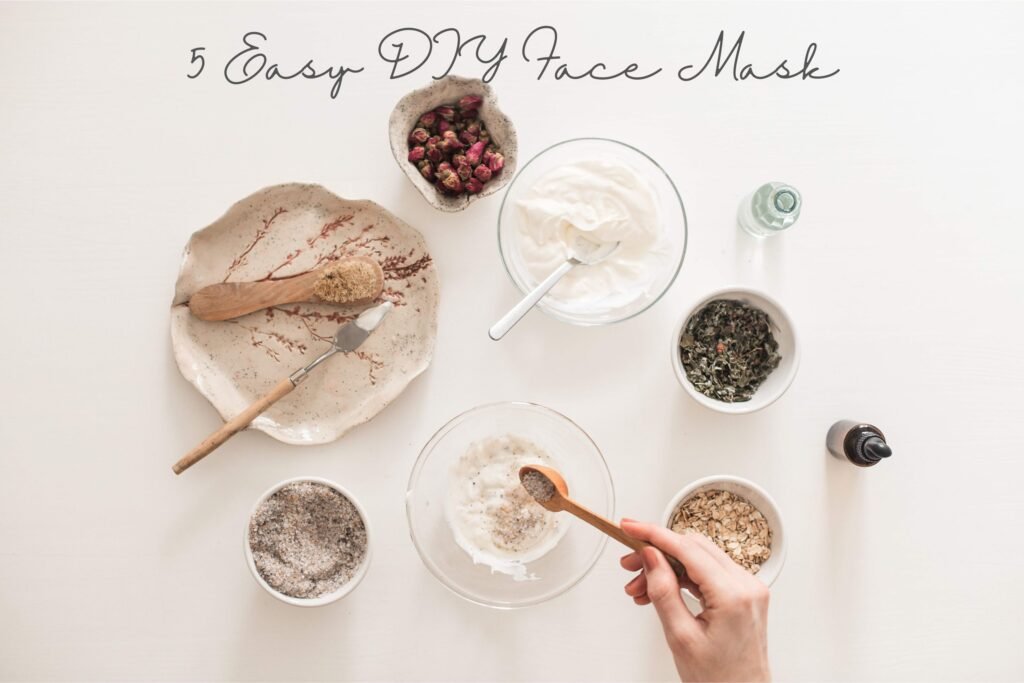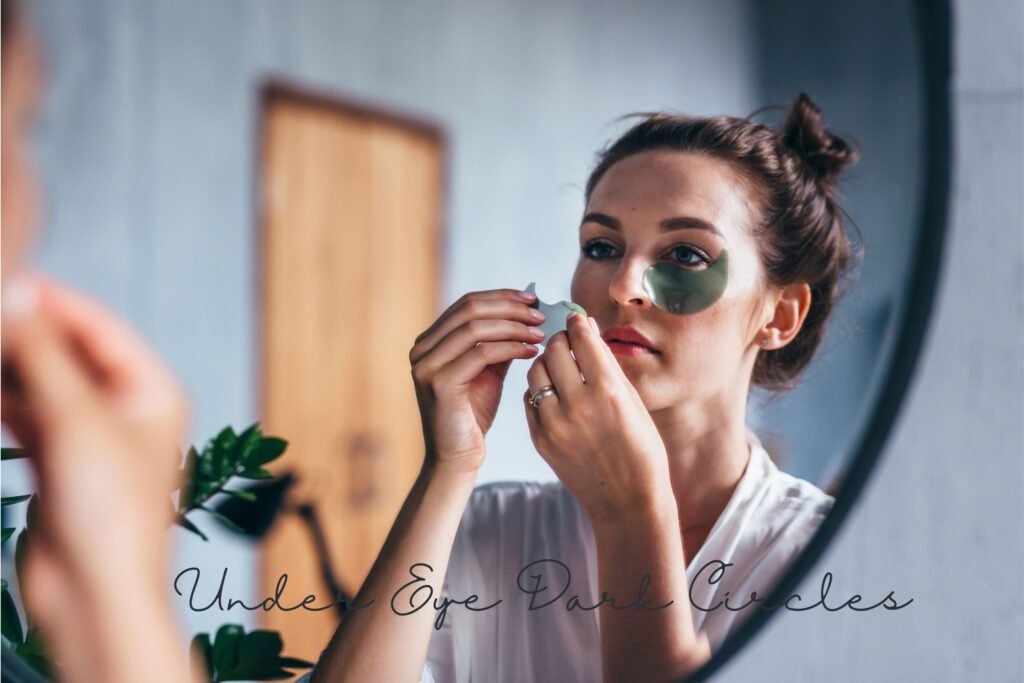I used to think that every skin type was the same and that there were no differences. But when I found out that my friend’s skin was dry and itchy, I realized my skin was not dry; it felt oily. That’s when it hit me, and I started researching. I know that many of you, like me, didn’t know about this mystery. Today, we will talk about it.
Cleanse Your Face
Clean your face with a gentle cleanser. It will remove any dirt, oil, and makeup from your skin. Wash it off with water, then pat dry with a tissue or a towel. Now, wait for an hour. During this time, your skin will return to its natural state. This is a crucial step in ensuring that there are no surface contaminants affecting the texture or feel of your skin. To remove the cleanser, use lukewarm water; cold water might not sufficiently cleanse, and hot water can cause skin irritation. Using a gentle, clean cloth or tissue, pat dry your skin after washing. Reducing friction can help prevent skin irritation.
Observe Your Skin
After an hour, look at your skin. If your skin feels tight and flaky, you might have dry skin. Dry skin tends to wrinkle faster. A foaming face wash is good for you, and you might need to use essential oils to provide the oil your skin needs. A heavy moisturizer will give extra softness.
If your skin looks shiny and feels greasy, especially in the T-zone (forehead, nose, and chin), you probably have oily skin. Enlarged pores and a tendency for acne or blackheads are also common with oily skin. A gel-type face wash will be good for you. Remember, oil is not bad for our skin; it protects the skin. Use a moisturizer with a light texture.
If your T-zone is oily but your cheeks are dry or normal, you have combination skin. This skin type is characterized by a mix of oily and dry areas. You might need to treat your skin differently in different zones.
If your skin feels balanced, not too oily or dry and has a smooth texture with minimal blemishes, you have normal skin. Normal skin generally has a healthy glow and even tone.
Lastly, if your skin reacts with redness, itching, burning, or dryness to new products or environmental factors, you likely have sensitive skin. Sensitive skin can be tricky as it may also exhibit characteristics of other skin types. Always contact your dermatologist whenever you try a new product.
Blotting Paper Test
For a more accurate way to determine your skin type, try using blotting papers. Gently press a sheet on different areas of your face (forehead, nose, cheeks, and chin), then hold it up to the light to observe the amount of oil it has absorbed. Here’s what the results can tell you about your skin type:
-
Little to no oil: If the blotting paper picks up very little or no oil, your skin likely falls into the dry skin category. Dry skin often feels tight, may appear dull or flaky, and is prone to irritation because it lacks sufficient moisture and natural oils.
-
A noticeable amount of oil from the T-zone: If the paper collects oil primarily from your T-zone (the forehead, nose, and chin), but less from other areas like the cheeks, you probably have combination skin. This means certain parts of your face, usually the T-zone, are oily, while other areas may be dry or normal.
-
Oil from all areas of your face: If the blotting paper shows oil from every part of your face (forehead, nose, cheeks, and chin), you most likely have oily skin. Oily skin tends to look shiny and is more prone to acne and enlarged pores due to excess sebum production.
-
Minimal oil with balanced moisture: If the blotting paper picks up only a small amount of oil from different areas, without an overabundance or dryness, your skin is likely normal. Normal skin is well-balanced, with a healthy level of moisture and oil, and generally feels neither too dry nor too oily.
Figuring out your skin type is essential for maintaining healthy, glowing skin. Once you know whether you have oily, dry, combination, normal, or sensitive skin, it becomes so much easier to choose the right products and routine. With the right skincare tailored to your skin’s needs, you’ll be on your way to a complexion that feels balanced and looks its best.
Tips to Manage each Skin Types
1. Oily Skin
If your skin looks shiny all the time or feels greasy, you probably have oily skin. You might also deal with acne or blackheads. Often you feel that your makeup is melting with increasing heat.
What to do:
- Wash your face twice a day with a gentle cleanser to keep oil in check.
- Use a lightweight moisturizer even if your skin feels oily. Trust me, skipping it makes things worse!
- Look for products with salicylic acid, it helps clear out pores.
- Always wear sunscreen, but pick one that’s oil-free and mattifying.
- Exfoliate 2 times a week.
2. Dry Skin
Dry skin often feels tight, rough, or even flaky, especially after washing your face. Many times it feels like it will tear up if force is applied.
How to care for it:
- Stick to creamy, hydrating cleansers and avoid anything harsh.
- Moisturize, moisturize, moisturize! Look for something rich with ingredients like glycerin or hyaluronic acid.
- Avoid long, hot showers, they strip away your skin’s natural oils.
- Use a moisturizing sunscreen to protect your skin without drying it out.
3. Combination Skin
This is when your T-zone (forehead, nose, and chin) gets oily, but your cheeks feel dry or normal. It’s a bit complicated but not impossible to take care of.
How to take care:
- Use a gentle cleanser to keep your whole face balanced.
- Apply a lightweight moisturizer to oily areas and something a bit richer to dry spots.
- Exfoliate carefully, don’t go overboard. Once or twice a week is enough.
- For sunscreen, pick one that works well for mixed skin types (broad-spectrum and lightweight is key).
4. Sensitive Skin
Sensitive skin can get red, itchy, or irritated easily, so it needs extra love. It’s hard to take care of but it’s your skin, what can you do?
Here’s what helps:
- Always do a patch test before trying new products.
- Use gentle, fragrance-free skincare, avoid harsh scrubs or anything with alcohol.
- Look for calming ingredients like aloe vera or chamomile.
- Keep your routine simple. Sometimes, less is more.
- Always speak to your dermatologist before trying out something.
5. Normal Skin
If your skin isn’t too oily or too dry and rarely reacts to products, you’re lucky!
How to keep it that way:
- Stick to a basic routine: a gentle cleanser, a good moisturizer, and sunscreen.
- Add in hydration with a serum or toner if needed.
- Treat yourself to a mask or treatment every now and then for extra glow.
Can Skin Types Change?
Yes, your skin type can definitely change over time, and it’s more common than you might think! A lot of things can influence your skin, so what worked for you a few years ago might not be the best fit now. Here’s why this happens:
1. Age
- During your teenage years, hormones go wild, often leading to oily skin and breakouts.
- As you hit your 20s and 30s, your skin might balance out, but as you get older, it can become drier because your skin produces less oil.
2. Weather and Seasons
- Ever notice how your skin feels drier in the winter? That’s because cold, dry air sucks the moisture out of it.
- In summer, the heat and humidity can make even the driest skin feel greasy.
3. Hormones
- Hormonal changes during pregnancy, your period, or menopause can make your skin oilier, drier, or more sensitive.
- Conditions like PCOS can also mess with your skin type.
4. Skincare Routine
- Using the wrong products can throw your skin out of whack. For example, over-exfoliating or using harsh cleansers can strip your skin, making it dry or sensitive.
- On the flip side, heavy creams or over-moisturizing can make normal skin feel oily.
5. Lifestyle
- If you’re not drinking enough water or eating a healthy diet, your skin might become dull or dry.
- Stress can also lead to breakouts or make your skin oilier.
6. Environment
- Pollution and sun exposure can damage your skin over time, affecting its texture and hydration levels.
7. Health and Medications
- Certain medications, like acne treatments or hormonal pills, can make your skin drier or oilier.
- Skin conditions like eczema or rosacea can also affect how your skin behaves.
Your skin isn’t static; it’s constantly adapting to your life, so it’s all about being flexible and listening to what it needs.
Skin Types and Makeup
1.Oily Skin
- Primer: Use a mattifying primer to reduce shine and keep your makeup in place.
- Foundation: Go for an oil-free or matte foundation. Powder foundations can also work well.
- Setting Powder: Apply a translucent powder to lock in your makeup and prevent creasing.
- Blush and Highlighter: Powder formulas are your best friends. Creams may slide off.
- Touch-Ups: Keep blotting papers or a compact powder handy to reduce midday shine.
2. Dry Skin
- Prep Your Skin: Moisturize well and use a hydrating primer to create a smooth base.
- Foundation: Opt for a liquid or cream foundation with a dewy finish. Avoid powders as they can emphasize dryness.
- Concealer: Choose a creamy formula for under the eyes and any dry areas.
- Blush and Highlighter: Cream or liquid formulas work best for a natural, glowing look.
- Setting Spray: Use a hydrating setting spray to keep your makeup looking fresh.
For more tips and detailed guidance, check out Dry Skin: Types, Causes, and Treatments
3. Combination Skin
- Primer: Use a mattifying primer on your T-zone and a hydrating one on drier areas.
- Foundation: A medium-coverage foundation with a natural or satin finish works well.
- Blush and Highlighter: Use powder products on your T-zone and creams on the rest of your face.
- Setting Powder: Lightly powder only your oily areas to avoid over-drying.
4. Sensitive Skin
- Primer: Choose a soothing primer with ingredients like aloe or chamomile.
- Foundation: Use lightweight, fragrance-free foundations designed for sensitive skin. Mineral foundations are a good option.
- Concealer: A color-correcting concealer (green for redness) can help even out your skin tone.
- Blush and Highlighter: Stick to hypoallergenic, fragrance-free formulas.
- Brushes and Tools: Keep your brushes clean to avoid irritation or breakouts.
5. Normal Skin
- Foundation: You can use any type, liquid, cream, or powder, depending on the finish you prefer.
- Blush and Highlighter: Try both cream and powder formulas to see what works best for your look.
- Setting Powder or Spray: Use a light dusting of powder or a setting spray for long-lasting makeup.
FAQ'S about SKin Types
How many skin types are there?
5 types can be observed. Oily, Dry, Combination, Sensitive and Normal. They have different characteristics and need separate caring.
Can skin types change?
Yes, it can. Based on your age, environment, lifestyle and other factors your skin type can change.
Are skin types genetic?
Yes. Your skin type is a genetic factor. Either you got it from your mother or father or your ancient family members.
Which skin type can be dehydrated?
All of the styles can be dehydrated if you don’t drink water from time to time and skip applying moisturizer. If you have dry skin your skin will feel more dry and rough because of dehydration. On the other hand, if you are an oily skin type person, then your skin will produce more sebum making it more greasy.





